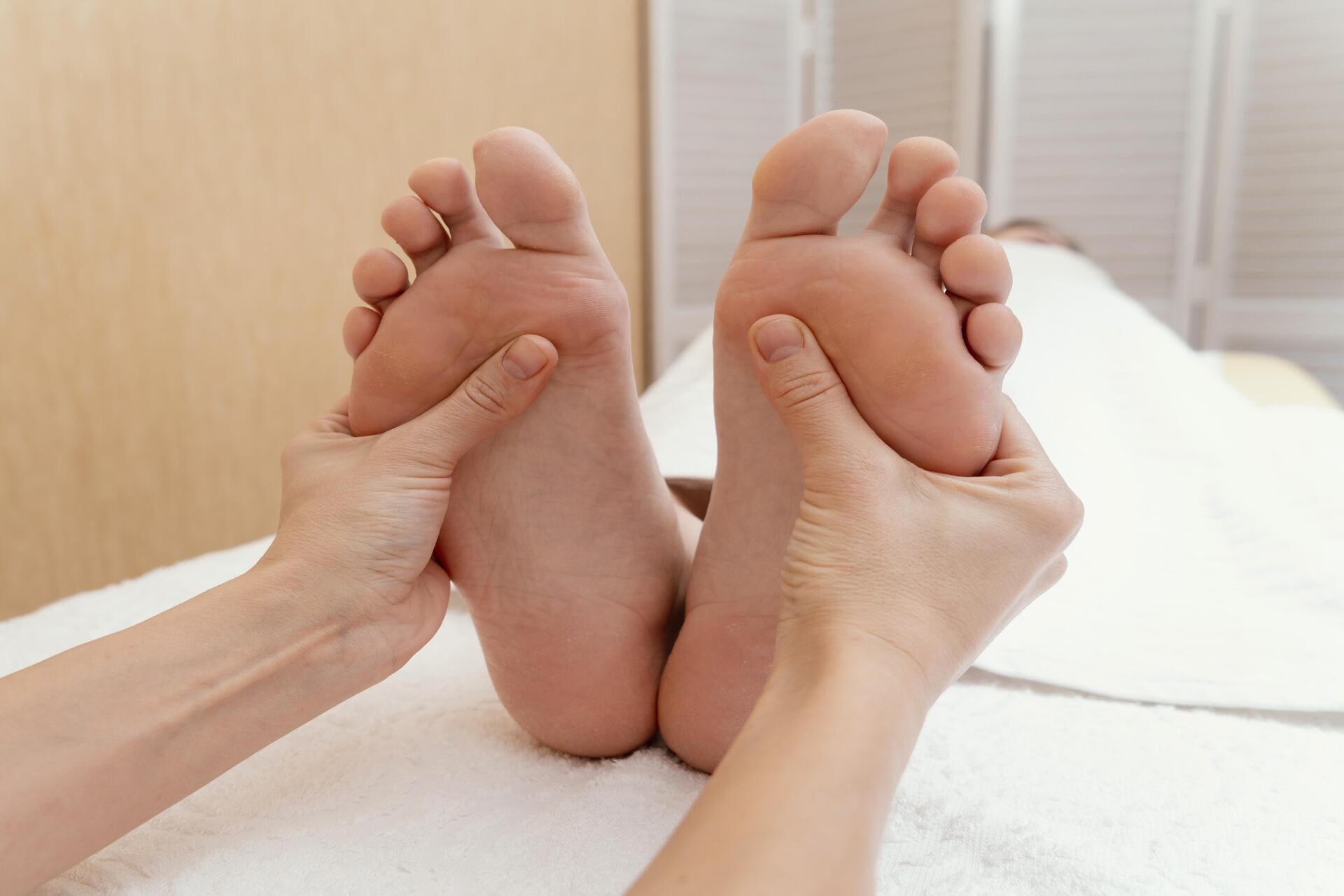Plantar Fasciitis Treatment
Home > Services
Services
Let Us Help You By Making An Appointment
Heal Your Heel Pain: Physical Therapy for Plantar Fasciitis in Live Oak, Texas


Understanding Plantar Fasciitis
Signs and Symptoms of Plantar Fasciitis
- Painful stabbing at the bottom of your feet, especially early in the morning and after you have been on your feet for long periods.
- Pain that gets worse with activity but improves with rest
- Difficulty walking or standing on tiptoes
- Tenderness to touch at the bottom part of your foot’s heel
Diagnosis of Plantar Fasciitis
Physical Therapy Treatments for Plantar Fasciitis In Live Oak, texas
Manual treatments
Stretching the Right Way
Exercises that make the foot stronger
Night splints
Orthotic devices
Ice therapy
Limiting activities
Benefits of Physical Therapy for Plantar Fasciitis
Drug-free or surgery-free approach
Physical therapy does not require any medicines and operations.
Long-lasting relief
It works on your pain’s root cause in order to prevent its return later in life.
Enhanced mobility and functionality
Cortisol can enhance flexibility and restore power in the foot and ankle for easier accomplishing daily duties.
Faster recovery time
Physical therapy helps you achieve a faster recovery period. Hence, you will not have to spend more time off of work recovering after an injury.
Plantar Fasciitis Prevention
- Maintain an appropriate weight: Extra pounds increase the pressure on your plantar fascia.
- Use supportive boots: Look for good arch support and a padded heel.
- Pre-activity warm-ups: A pre-workout foot and calf stretching program helps to avoid injuries.
- Avoid overexercising: Incrementally intensify activity duration and levels to avoid overdoing it.
- Posture maintenance: Proper positioning is key in equally distributing weight across your feet.
Why choose Physical Therapy of SA for Plantar Fasciitis Treatment?
Expertise
Our therapist have specialized training and skills in plantar fasciitis treatment in Live Oak, Texas.
Personalized Approach
We ensure that your treatment plan is tailored to you as an individual; this is the only way to best address the root cause of your plantar fasciitis.
Comprehensive Care
We treat plantar fasciitis holistically using manual therapy, prescription exercise, and education, among other treatments.
Advanced Techniques
Our clinic uses the latest evidence-based methods and pain relief tools to facilitate healing.
Patient-Centered Focus
What should be important for you as a patient when attending treatment with us? Your comfort and satisfaction come first to our minds, so we strive to provide you with an accommodating environment throughout your time in treatment.

